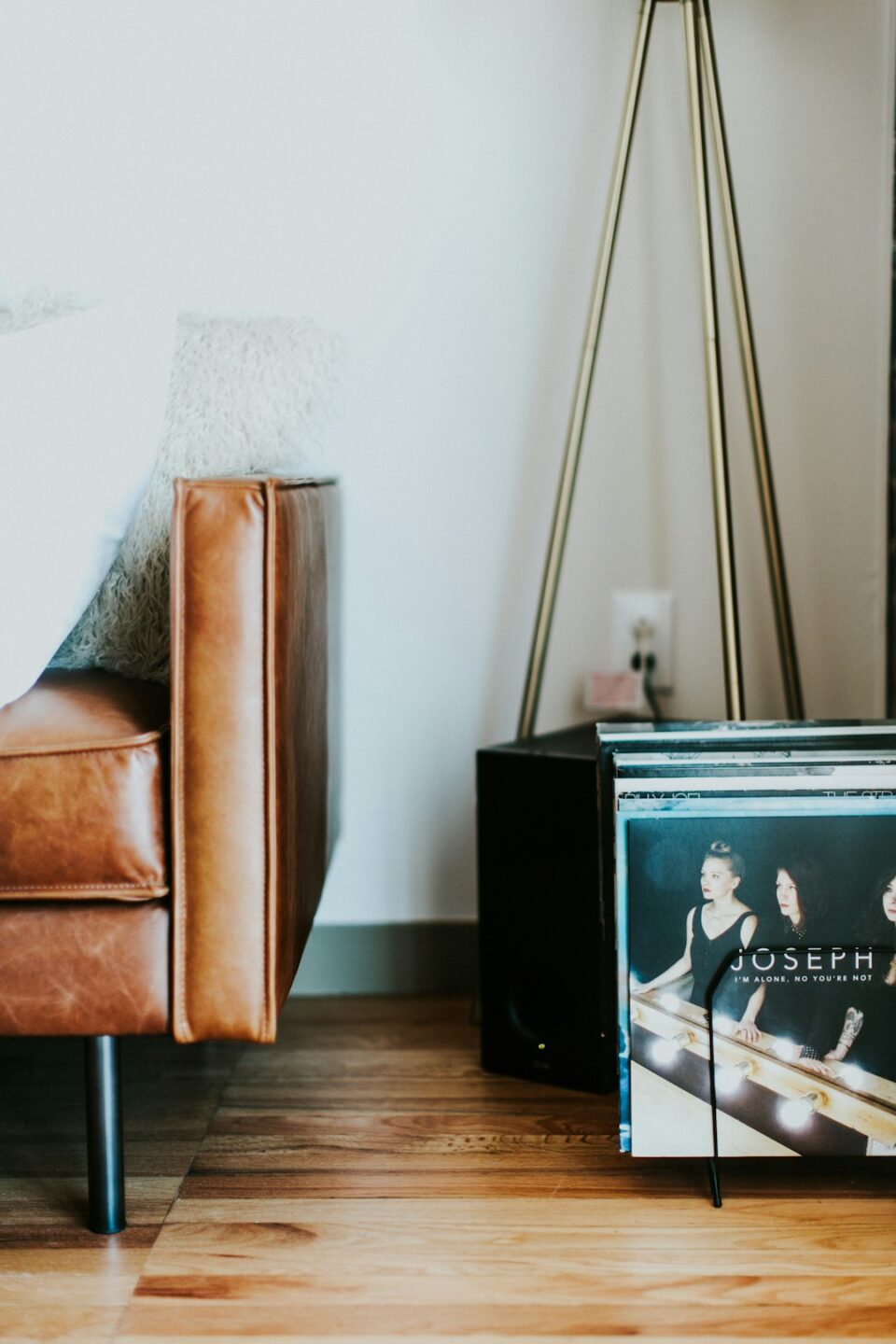Tips for Choosing the Right Lighting Fixtures for Each Room
Lighting is an essential element in any home. It not only serves a practical purpose, but it also sets the mood and enhances the overall ambiance of a room. However, choosing the right lighting fixtures can be overwhelming with so many options available in the market. To help you make the right decision, we have compiled a list of tips for choosing the right lighting fixtures for each room in your home.
1. Understand the Purpose of the Room: Before selecting lighting fixtures, it is crucial to understand the purpose of the room. Different rooms serve different functions and require varying levels of lighting. For example, the lighting requirements of a bedroom will be different from that of a kitchen. Consider the activities that will take place in each room and choose the fixtures accordingly.
2. Determine the Room’s Size: The size of the room plays a significant role in choosing the right lighting fixtures. A small room may require only one overhead light fixture, while a larger room may need a combination of different types of lighting, such as recessed lights, floor lamps, and sconces. Understanding the room’s dimensions will help you determine the appropriate number and placement of lighting fixtures.
3. Consider Natural Light: Natural light is a valuable asset in any room. It not only reduces the need for artificial lighting during the day but also adds warmth and depth to the space. Take into account the amount of natural light that enters each room and choose lighting fixtures that complement it. For example, in a room with ample natural light, you may opt for accent lighting to highlight architectural features or artwork.
4. Choose the Right Type of Lighting: Lighting can be categorized into three main types: ambient, task, and accent lighting. Ambient lighting provides general illumination for a room. It can be achieved through ceiling fixtures, chandeliers, or wall sconces. Task lighting, on the other hand, focuses on specific activities, such as reading or cooking. This can be achieved through table lamps, under-cabinet lights, or pendant lights. Lastly, accent lighting is used to highlight certain aspects of a room, such as artwork or architectural features. Consider the purpose of each room and choose the appropriate type(s) of lighting.
5. Consider the Style of the Room: Lighting fixtures are not only functional but also serve as decorative elements of a room. Therefore, it is crucial to choose fixtures that complement the overall style and decor of the room. For traditional or classic interiors, you may opt for fixtures with ornate designs and intricate details. In contrast, modern or contemporary spaces usually feature sleek and minimalistic fixtures. Make sure the lighting fixtures you choose are in harmony with the room’s overall aesthetic.
6. Pay Attention to Color Temperature: The color temperature of a light source can significantly impact the mood and atmosphere of a room. Warm white light (around 2700K-3000K) can create a cozy and inviting environment, making it ideal for bedrooms or living rooms. Cool white light (around 3500K-4100K) provides a brighter and more energetic ambiance, making it suitable for kitchens or workspaces. Consider the desired mood and functionality of each room when selecting the color temperature of your lighting fixtures.
7. Energy Efficiency: With the increasing focus on sustainability and energy conservation, it is essential to consider the energy efficiency of your lighting fixtures. LED lights, for example, are known to be highly energy-efficient and have a longer lifespan compared to traditional incandescent bulbs. Investing in energy-efficient lighting fixtures not only helps reduce your carbon footprint but also saves you money in the long run on energy bills.
In conclusion, choosing the right lighting fixtures for each room in your home involves a thoughtful consideration of the room’s purpose, size, natural light, type of lighting, style, color temperature, and energy efficiency. By following these tips, you can create a well-lit and visually pleasing environment that suits your needs and enhances your overall home decor.

